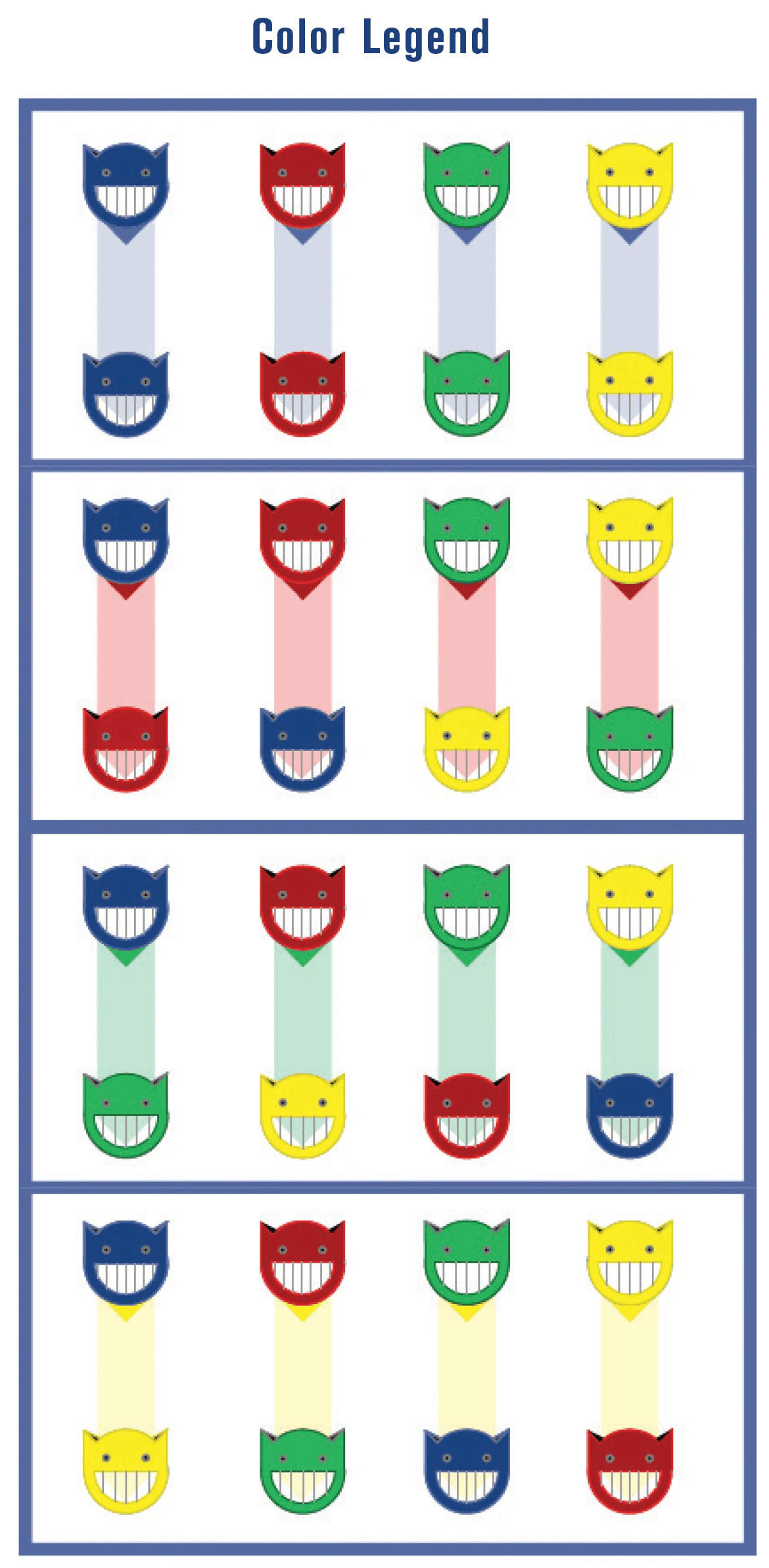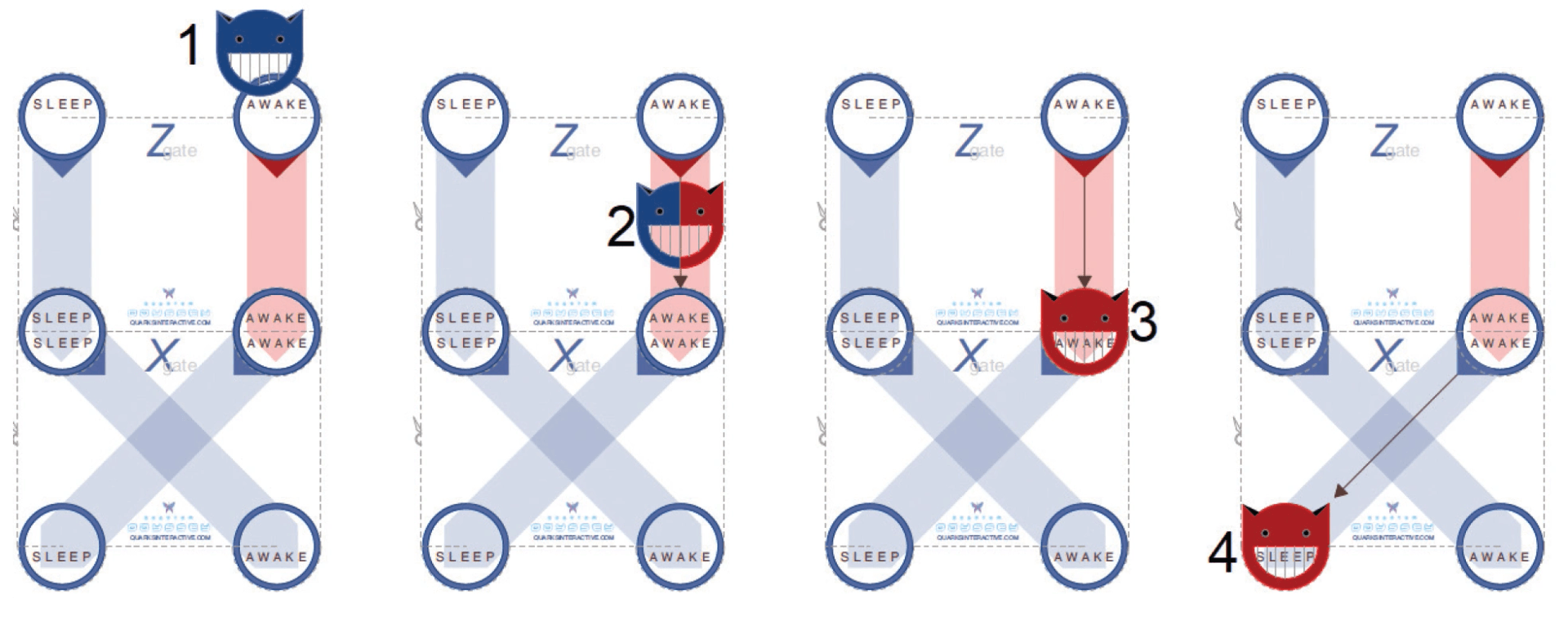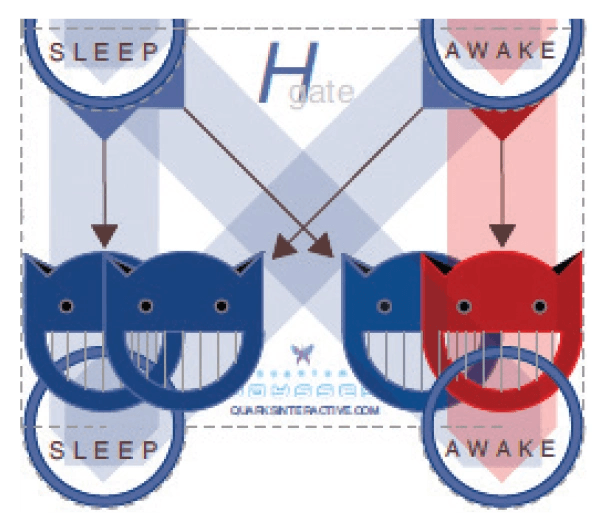Dr. Schrödinger is conducting a classic quantum experiment! He has built a steel chamber in which he has placed a Geiger counter along with a tiny bit of radioactive substance, an amount so small that perhaps in a matter of minutes one of the atoms will decay, but perhaps, with equal probability, none of the atoms will decay. If this does happen, the counter tube will discharge, then through an electromagnet activated by a signal, release a hammer that shatters a flask of sleeping gas.
Dr. Schrödinger leaves the office for the night to feed his cat.
You are his lab assistant, and you are certain that if one of the atoms decays, the flask would surely break inside the steel chamber and the gas would put everything inside the chamber to sleep. As you ponder upon the experimental details, you hear a sudden “Meow!” coming from the steel chamber.
Oh no, Schrödinger’s Cat must have sneaked inside the chamber searching for food!
You must quickly use your knowledge of quantum and Save Schrödinger’s Cat!





